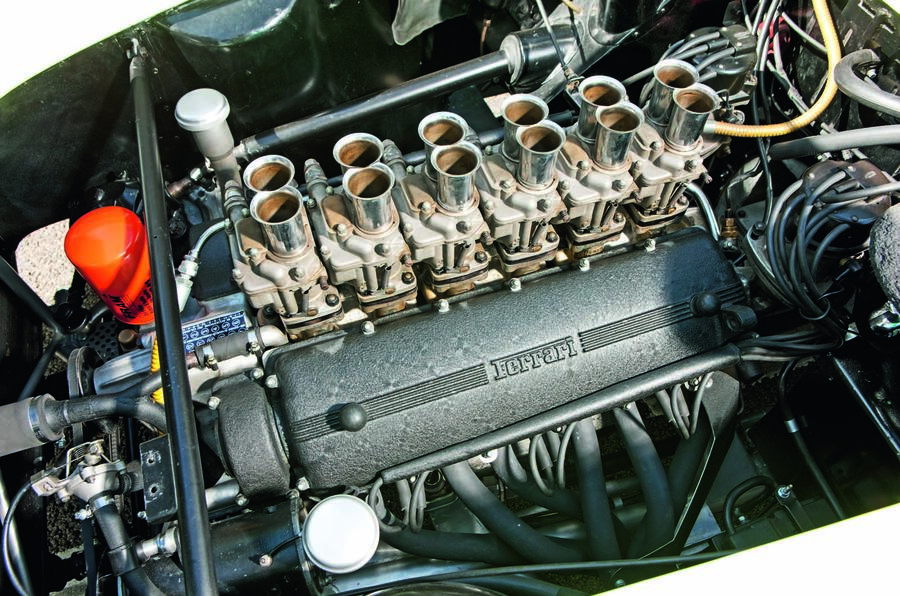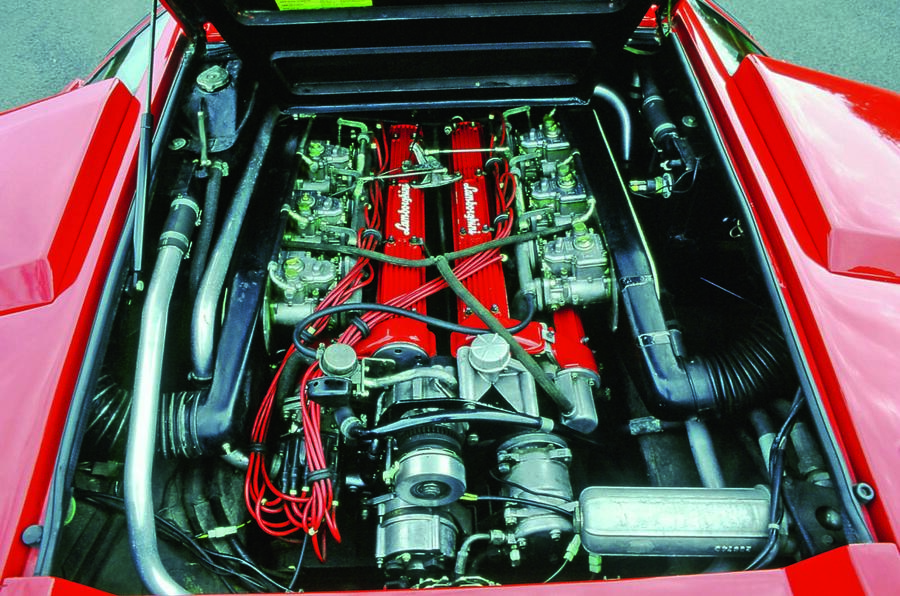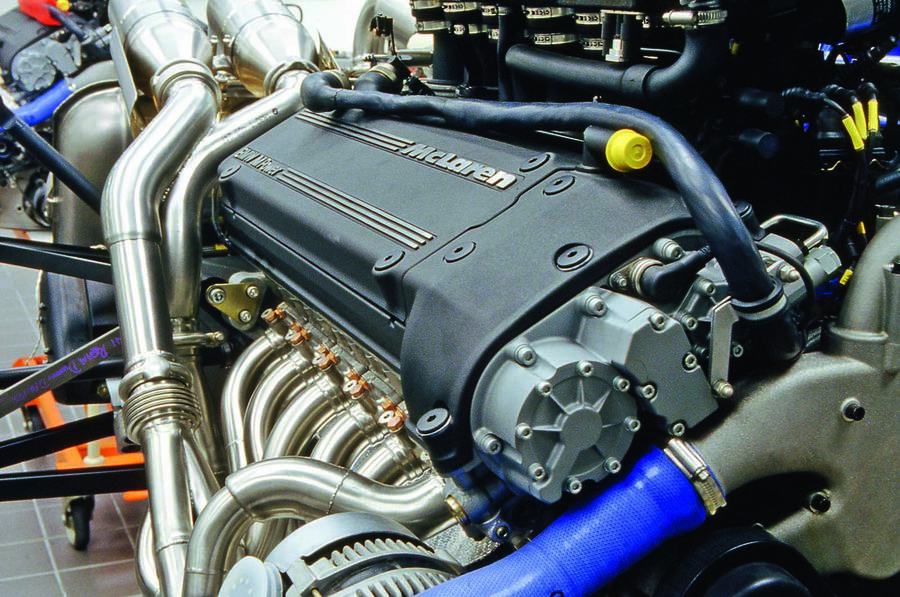You start to really hear the engine and, here’s the thing, feel it, too. It’s not a howl like that made by the best six-cylinder motors, nor the rumble and thunder of a crossplane-crank V8. In fact, it’s almost impossible to define without resorting to the kind of terms that have become clichés because they describe so well what you’re hearing. So, yes, it is musical, orchestral even, and fascinating. It is a sound that moves you literally and figuratively. It may not be as exciting as a V8, but nor to most was Beethoven as exciting as the Beatles and I think both have earned their place in history.
To me, the V12 is the engine configuration: the purest, the most classy, the best sounding, the best. Any car, however flawed, however dull it may be in other ways, is rendered instantly interesting if it has a bent 12 beneath the bonnet. I don’t know any better than you how many years it actually has left, but I’m guessing not many. But I intend to have a few more drinks in the No Chance saloon before it goes.
The greatest V12s ever made

Ferrari Colombo V12: This engine powered all Ferrari road cars for its first 20 years and many of its most famous racers, too. It started as a single-camshaft-per-bank 1.5-litre motor and ended up as a four-cam 3.3. Think Testa Rossa, GTO, Tour de France, 250 SWB, 250 LM and 275 GTB/4 and you’re thinking of Colombo-powered cars.

Lamborghini Bizzarrini V12: This powered every Lambo from the original 1963 350 GT to the last Murciélago in 2011, with capacities from 3.5 to 6.5 litres, making it one of the most enduring and versatile engines. A second lease of life was provided by four-valve heads on the 1985 Countach Quattrovalvole.
